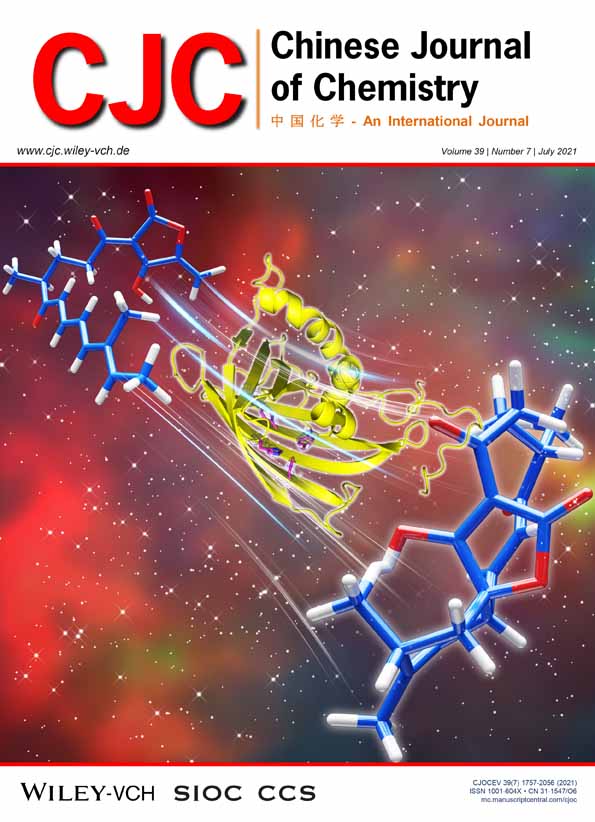Fullerene Mechanochemistry: Serendipitous Discovery of Dumb-Bell-Shaped C120 and Beyond
Abstract
The serendipitous discovery of dumb-bell-shaped C120 under high-speed vibration milling conditions is described. The mechanochemical protocol has been employed to synthesize the He-, H2- or H2O-encapsualted C120, the cross-dimer C130, trimer C180, bridged C60 dimers as well as products from many other reactions of fullerenes, carbon nanotubes and graphenes. Mechanochemistry extended to various reactions of non-fullerene molecules is briefly discussed.
What is the most favorite and original chemistry developed in your research group?
Mechanochemistry and fullerene chemistry.
How do you get into this specific field? Could you please share some experiences with our readers?
The poor solubility of fullerenes in common organic solvents prompts scientists to seek alternative protocol for fullerene chemistry. An idea of performing chemical reactions of fullerenes in the absence of any organic solvent was conceived when I was a guest research fellow in Kyoto University. That was how I first got into the mechanochemical reactions of fullerenes, and made the serendipitous discovery of fullerene dimer C120.
How do you supervise your students?
I encourage my graduate students to do scientific research of their own
ideas within the scope of my group's research interests. I usually emphasize scientific rigor and intolerance of research misconduct to the graduate students when they first join my group. I provide them my guidance on how to do each piece of scientific work including detailed discussion of encountered problems, even spectral analysis and ChemDraw drawing, manuscript writing, etc.
What is the most important personality for scientific research?
Curiosity, creativity, and persistence.
What are your hobbies?
Sports, mainly jogging and running nowadays.
How do you keep balance between research and family?
My balance has heavily leaned toward work thanks to the understanding and support from my family.




